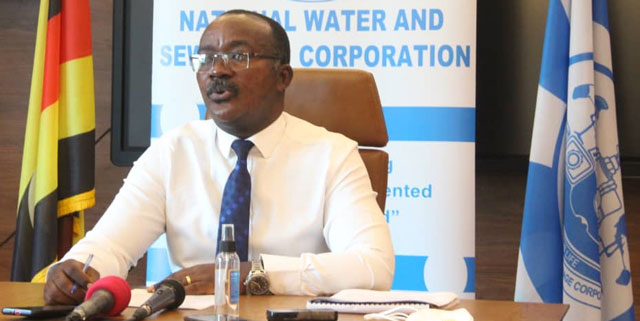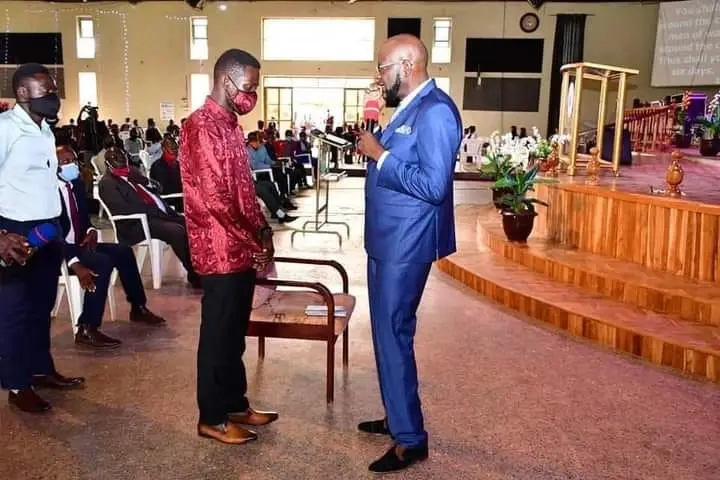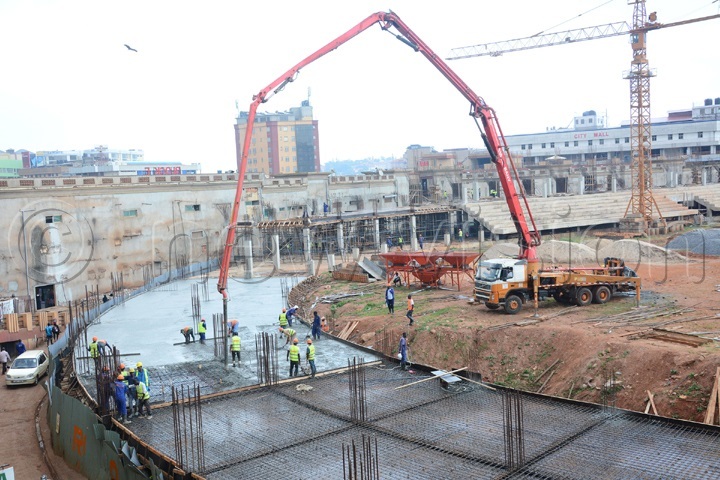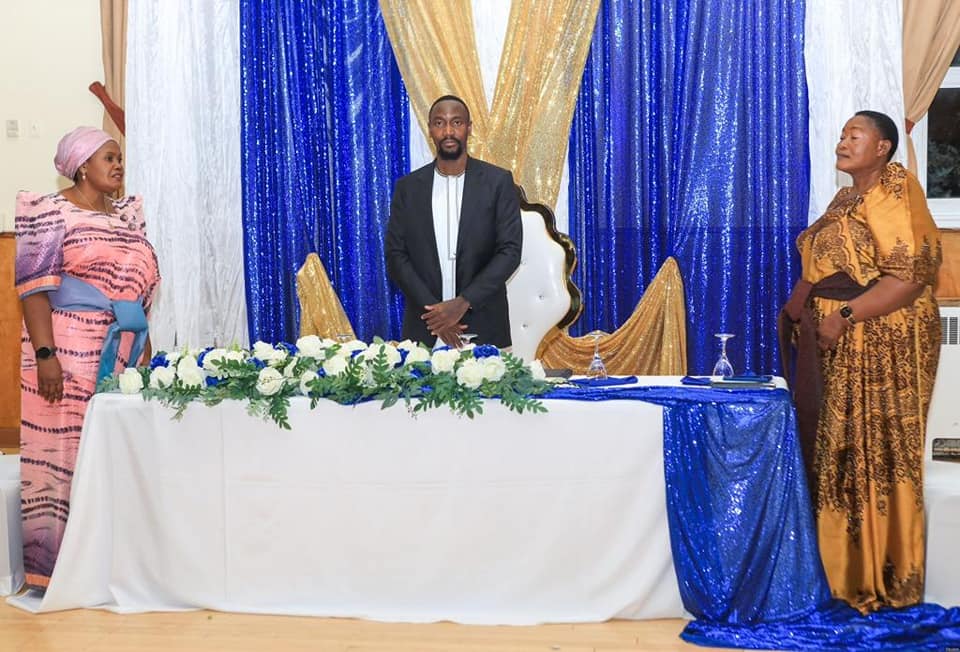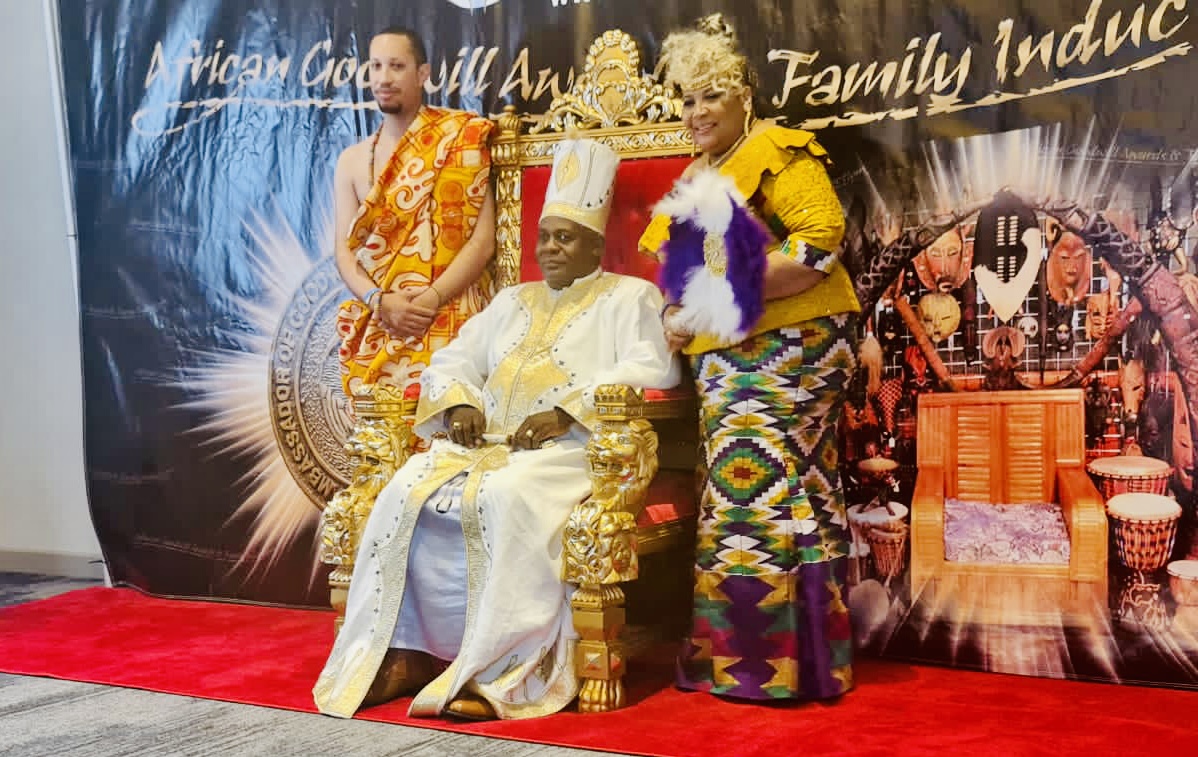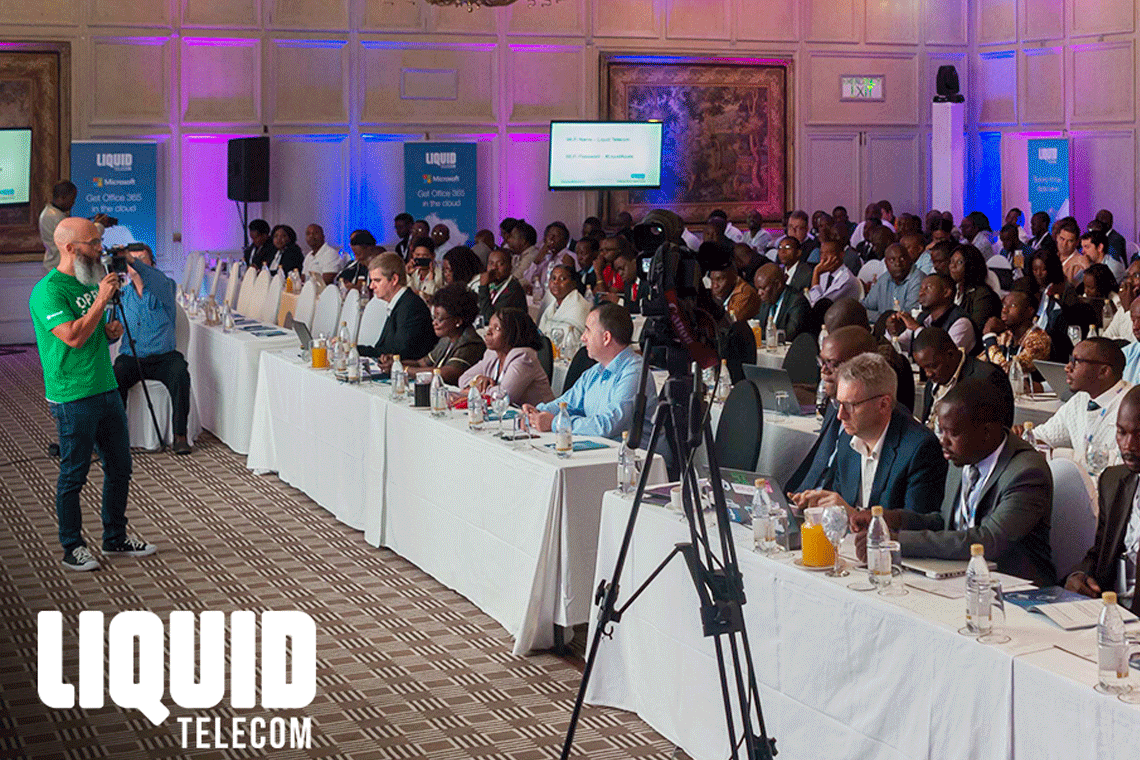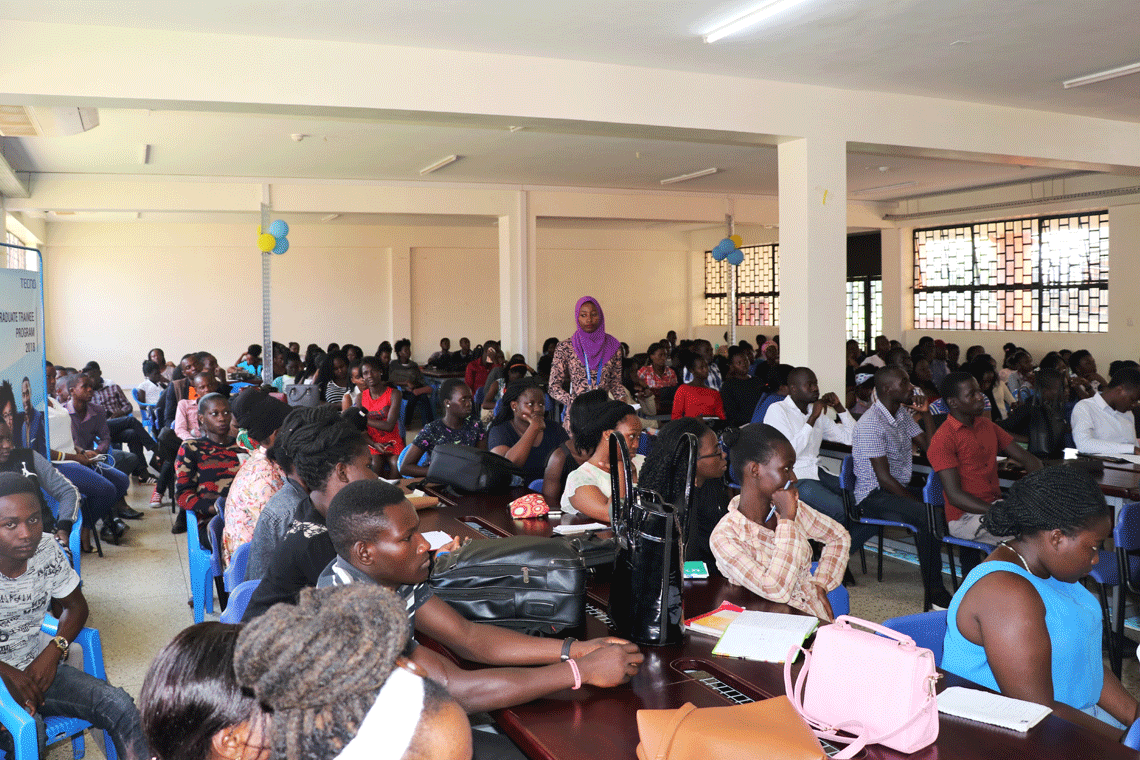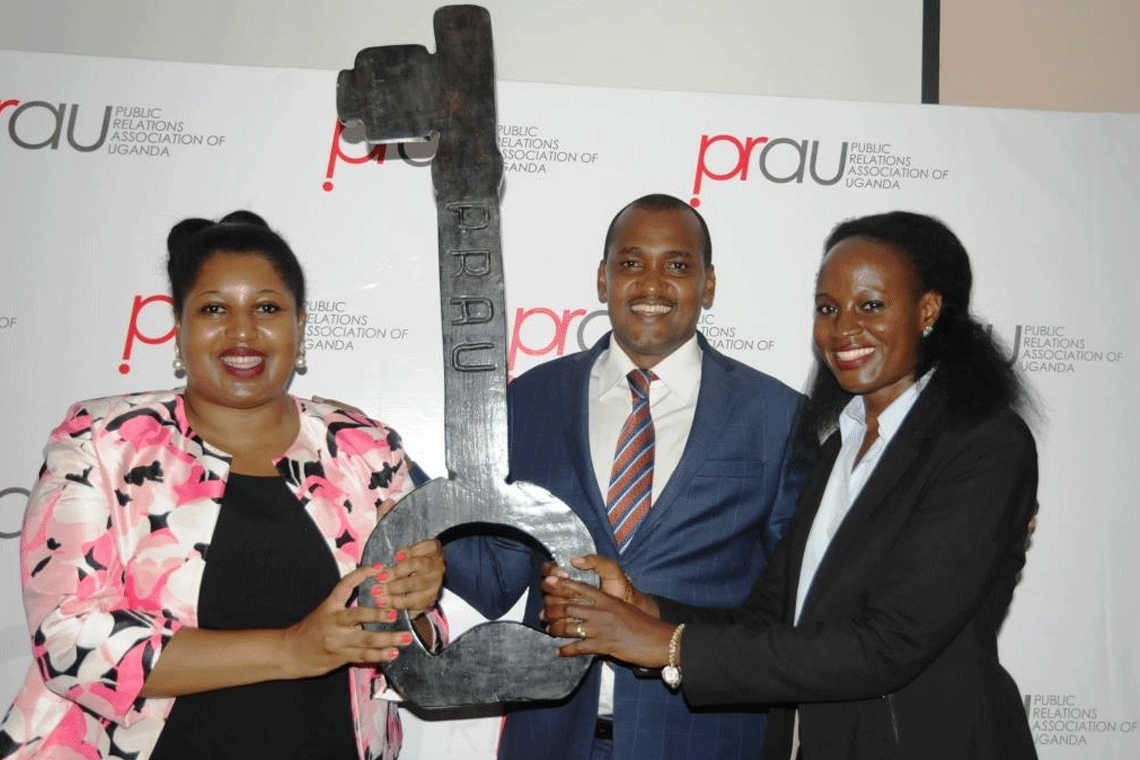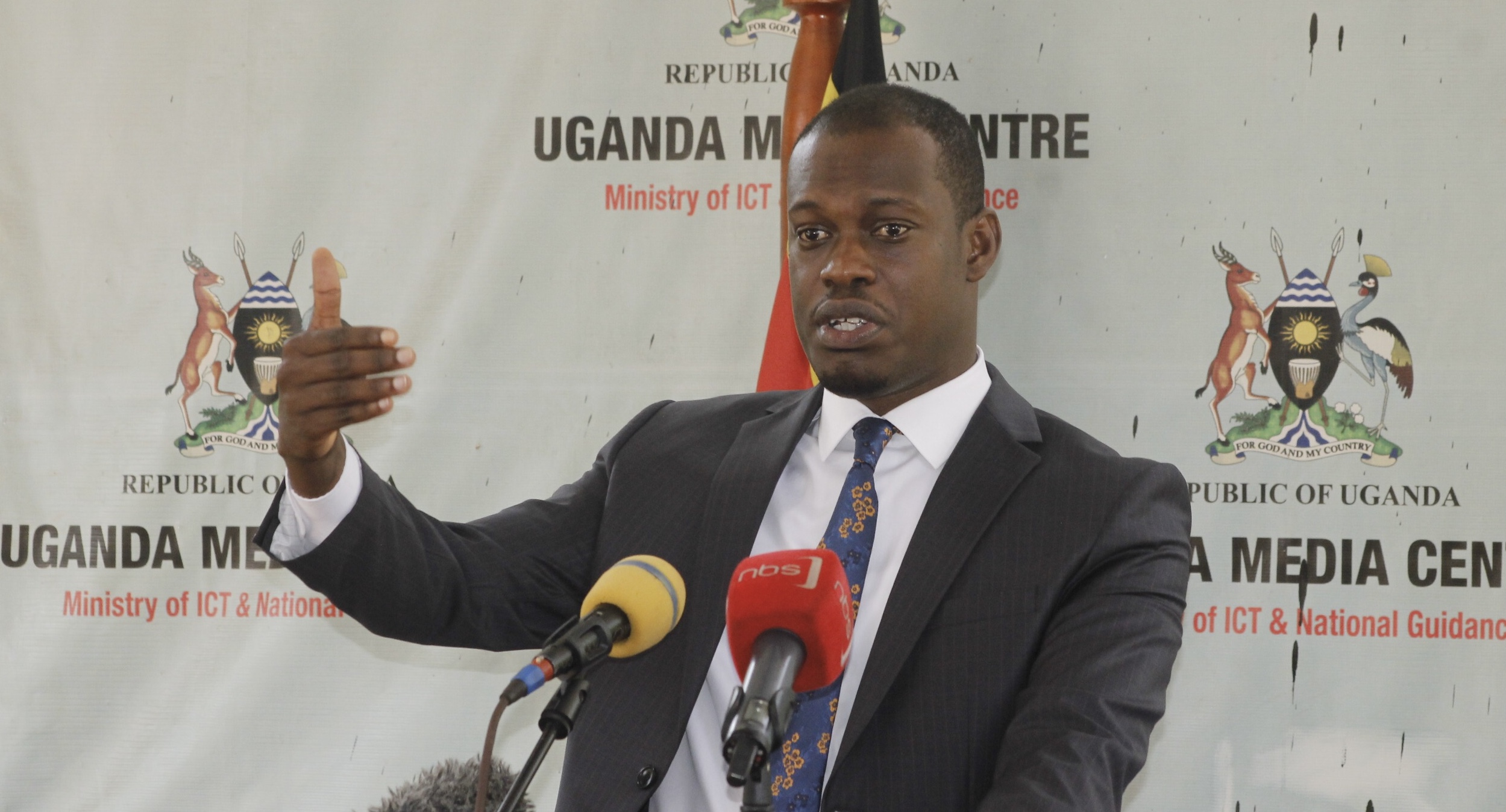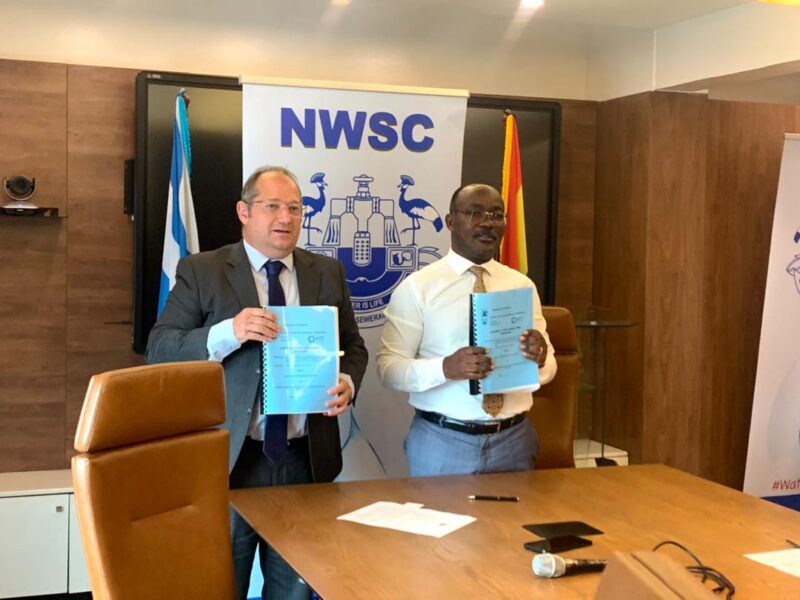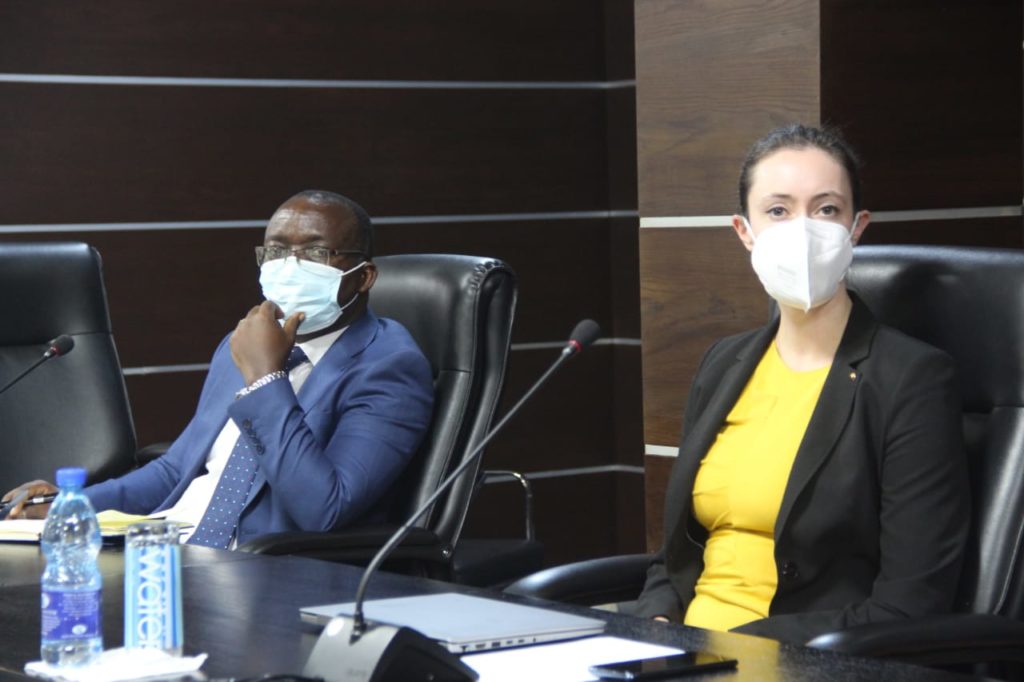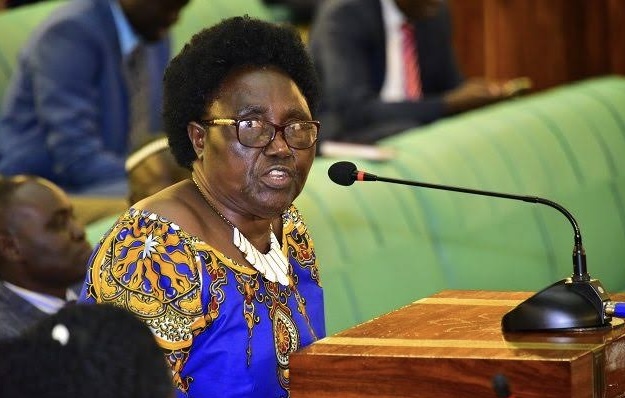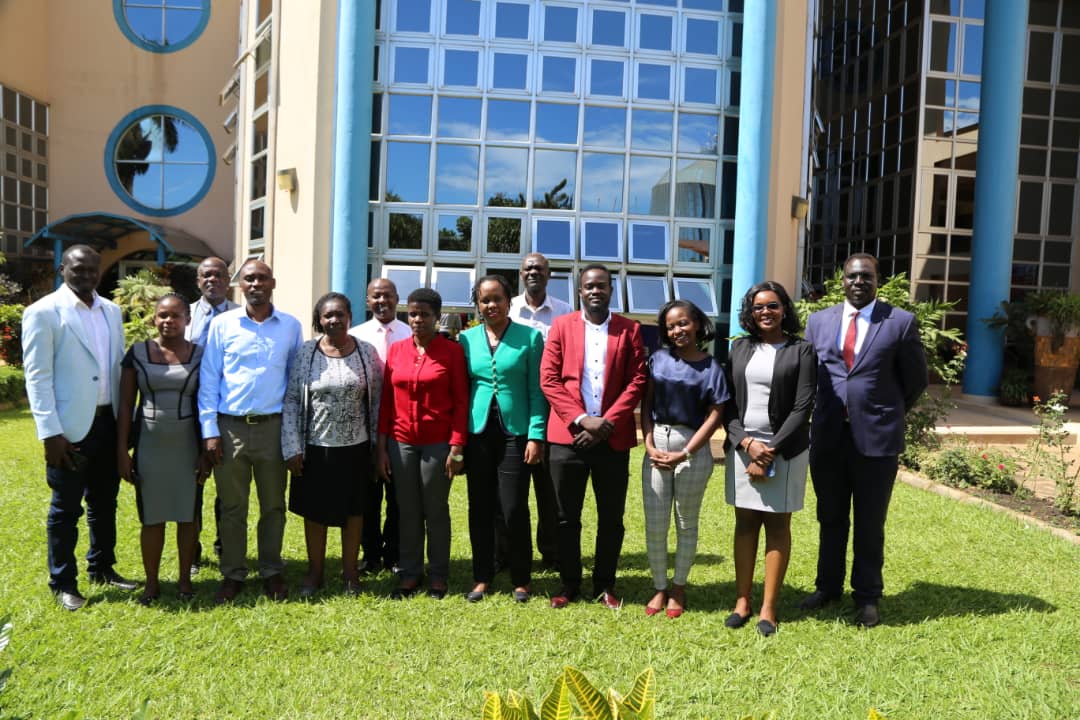In the last two to three years, the NRM government has paid lip service to the inevitable need to cut down on the unnecessary and avoidable expenditures. They have exuded the art of a man whose heart is willing but the body is weak to undertake a given task.
Some few months ago, the media was awash with suggestions that government was in advanced stages of merging all agencies that were duplicating roles or blowing resources. From the look of things however, it seemed that the government was concentrating all the energies in pursing the option of merging government agencies at the expense of other measures that can lead to a sizeable reduction on the cost of administration.
A few months ago, State Minister for Public Service, Hon Mary Grace Mugasa presented a report to the NRM Parliamentary Caucus, which revealed that government had resolved to retain 88 government agencies and merge, mainstream, and transfer the functions of 69 agencies out of 157 that had been reviewed in 2018.
This was intended to streamline government architecture to enable efficient and effective service delivery and mostly, address wasteful expenditure and challenges of duplication of work, conflicts and mandate overlap. The immediate implication was that Uganda was to save up to UGX649Bn ($167,148,846) annually, from the rationalization, merging, and mainstreaming of 53 government agencies and functions according to the Ministry of Public Service. This move deserves a clap or standing ovation of some sort.
We honestly applaud the move to trim public expenditure by taking on the rationalization reform to merge several of these autonomous bodies which were agreeably created without clear justification, some being pseudo-government projects, while others have had their mandates overtaken by events.
However, there are justified claims that these agencies were formed to increase efficiency in service delivery but the problem now portends on whether an appraisal has been carried out to determine whether the desired objectives have been achieved or not, before undertaking the merging process.
An appraisal
There are those that have lived to their expectations and indeed delivered while others have been practical failures. The obvious should have been to simply trust the mainstream agencies to deliver to their expected mandate rather than creating new ones. For instance, the state house anticorruption desk is vaguely doing what the IGG is supposed to do.
The Multiplicity of these government agencies should never have happened to begin with, because the Ugandan taxpayer has been overburdened by an over-bloated public service. These bourgeoning agencies have over time become a major strain on the national treasury at the expense of efficient service delivery. Despite the fact that it is a good move to embark on the merging and streamlining of these agencies, it’s not enough. More needs to be done to cut down on the cost of public administration.
The facts
The 2021 Auditor General’s report shows that only 13 out of the 26 public corporation and state enterprises evaluated were profit-making. In August this year, President Museveni supported the decision and accused most of the government agencies of not working but rather spending the money allocated to them from their mother ministries and implored the NRM MPs to back the rationalization reform
He also said that apart from research and farmer-institutions, only profit-making parastatals should be spared while money-eating parastatals should be gotten rid of in order to save government billions of shillings. But the President did not elaborate on whether the bigger Cabinet, bigger Parliament of 520 MPs, hundreds of presidential advisors and RDCs, which are not known to make any profit to the state coffers.
At 71 ministers strong, Uganda has the third-largest cabinet in the world after North Korea and Kenya. This is in circumstances where the global average of ministers is 30 while average for Sub-Saharan Africa is 40. Rwanda has got a cabinet of 27 and Burundi 29 ministers but you can justify that by noting they are much smaller countries with a smaller population than Uganda to necessitate a bigger cabinet.
But its shocking that much bigger countries have smaller cabinet than Uganda. For instance, Nigeria which is five times bigger with a population of 211 million people has only 54 cabinet ministers. In Tanzania, following the late President John Pombe Magufuli’s reelection in 2020, he unveiled his new cabinet of 23 ministers yet Tanzania is about 4 times bigger than Uganda.
President Museveni has the tendency of hoodwinking Ugandans by showing that he has got the spirit to improve things yet to the contrary, the reality is completely the opposite. As we speak, Museveni has got more advisors than any known president on earth, with 139 of them siphoning state resources with impunity.
You need to listen to this
In January this year, the Office of the President of Uganda reported a funding gap of UGX5.1 billion to enable the purchase of vehicles for the newly recruited presidential advisors. These included new ones like former Prime Ministers John Patrick Amama Mbabazi, Ruhakana Rugunda and former Vice Presidents Edward Ssekandi and Prof Gilbert Bukenya.
Another UGX4.23Bn was also needed to facilitate investiture ceremonies and procurement of medals, while UGX7Bn has been budgeted for construction of office space for Resident District Commissioners (RDCs.) According to research, we found out that the NRM government deployed a total of 146 RDCs and 107 of these are renting, 15 are in government-built houses and 24 are in houses owned by Districts.
Some of the government-constructed houses are in the districts of Lamwo, Abim, Amuru, Kiryandongo, Kamuli, Buhweju, Bundibugyo, Lwengo, Rubirizi, Butaleja, Adjumani, Butambala, Otuke and Luuka. According to reliable sources, the office of the President constructs only one office accommodation each year. This implies that it would take 110 years to construct houses for all RDCs! With all this, you don’t need a rocket scientist to show where Ugandan tax payer`s money is being wasted.
The way forward? Ugandans should interrogate what President Museveni is doing with the 146 RDCs, 139 advisors, and 83 cabinet ministers. Before he postures to rationalize and merge government agencies, he should first justify the cost of administration in regard to officials that work directly for him.
Author Profile

- Fred Daka Kamwada is a seasoned journalist, blogger and political analyst for over a decade in Uganda
Latest entries
 BusinessJanuary 20, 2023Economic Crumps: Pres Museveni Should Institute a Salaries, Wages Commission to Reduce the Awful Public Expenditure
BusinessJanuary 20, 2023Economic Crumps: Pres Museveni Should Institute a Salaries, Wages Commission to Reduce the Awful Public Expenditure BusinessJanuary 9, 2023Tougher Times Ahead as China is Most Likely to Attack Taiwan and Send the 2023 Global Economy into a Terrible Spin
BusinessJanuary 9, 2023Tougher Times Ahead as China is Most Likely to Attack Taiwan and Send the 2023 Global Economy into a Terrible Spin FeaturedJanuary 5, 2023Tell Not the Lies: Juggling into The Two Embarrassing Falsehoods President Yoweri Museveni Told the Nation Last Year
FeaturedJanuary 5, 2023Tell Not the Lies: Juggling into The Two Embarrassing Falsehoods President Yoweri Museveni Told the Nation Last Year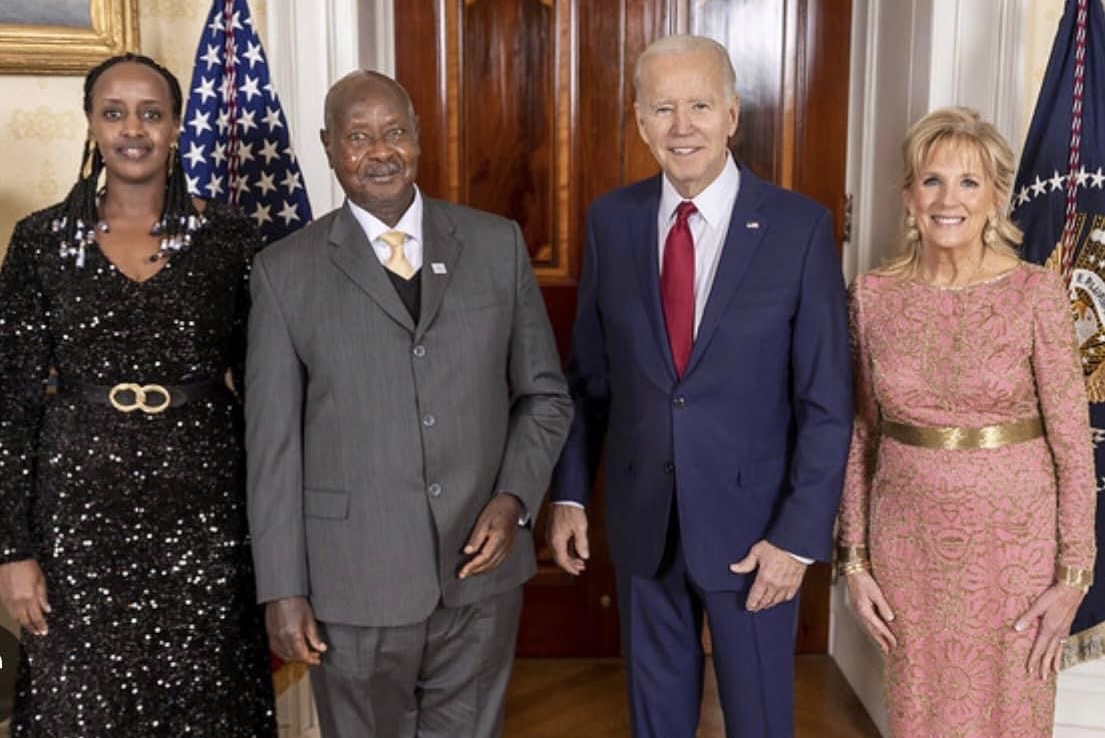 FeaturedDecember 26, 2022US-Africa Summit: Reasons Why President Museveni’s Agitation for ITTS With America Is Shallow, Unrealistic and Untenable
FeaturedDecember 26, 2022US-Africa Summit: Reasons Why President Museveni’s Agitation for ITTS With America Is Shallow, Unrealistic and Untenable



